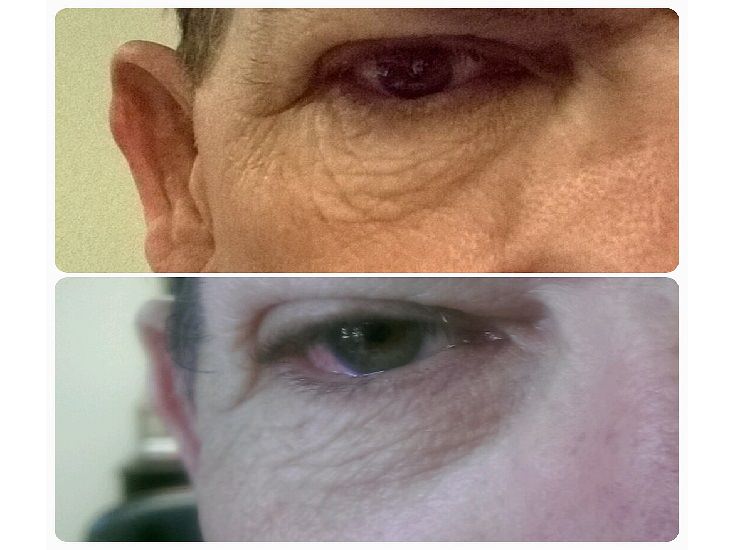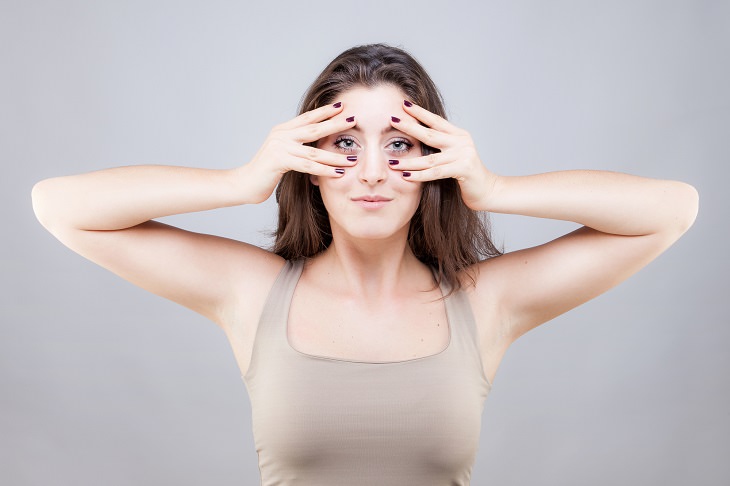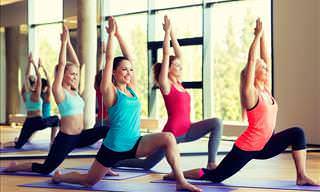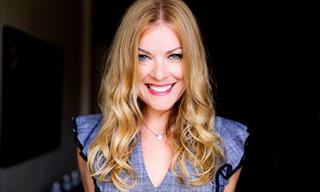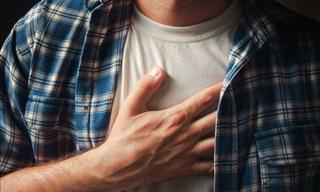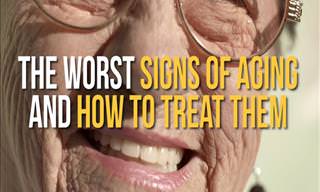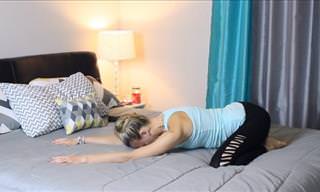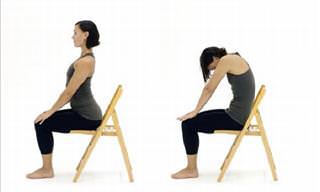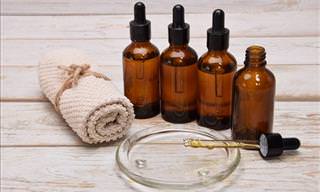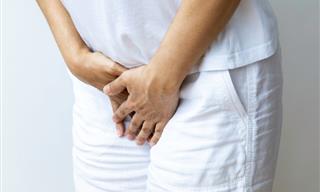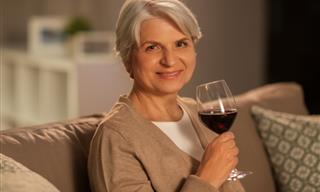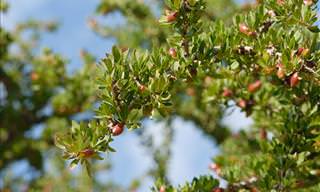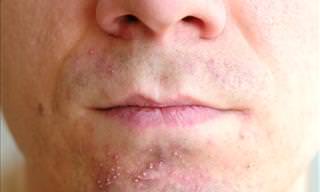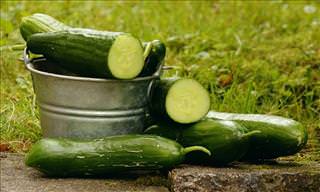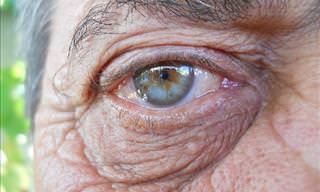Ever wondered what those pesky bags under the eyes are, and how they are formed? Essentially, what they are is a fatty tissue that droops as the muscles holding it in place become weaker (think of your belly, and what happens if your abdominal muscles are underdeveloped).
Well, much like getting a flat belly, some people purport to have found a way to exercise the facial muscles and remove the marks of aging from the face. This rather funny-looking training regimen is known as facial yoga, and is often advertised as “nonsurgical face-lift”.
The underlying premise throughout different facial exercise programs is that by isolating the different muscles in the face and working on them, you build facial strength, thus decreasing wrinkles, bags under eyes and loose skin.
This goes somewhat against common folklore that tells us that “making faces” causes wrinkles, rather than making them disappear. Practitioners of facial yoga do not dispute that, but claim that grimacing, frowning and grinning is like lifting heavy weights without proper care or training- you’re sure to cause yourself harm, rather than build up muscle definition.
The trick in facial yoga is to move the muscles in the face independently of each other, thus not overworking the stronger muscles at the expense of those we barely use.
Intrigued by the method and its promises, a group of dermatologists from Northwestern University decided to put it to the test. They approached Gary Sikorski, inventor of Happy Face Yoga, who suggested a training routine of 32 exercises aimed at working most of the facial muscles as well as the neck.
The team recruited 27 women between the ages of 40-65 who were interested in anti-aging exercise. The women met Sikorski for two 90-minute sessions, where they were taught the exercises, and were then asked to practice them regularly.
The participants photographed themselves before starting to train, 8 weeks after beginning the routine, and at the end, after 20 weeks of facial exercise. These photographs were then presented to dermatologists who did not know the women, and they were asked to assess the women’s age in each picture.
The dermatologists noted an improvement in the fullness of the cheeks, though little or no change in other facial features, but on average, they estimated the women to be three years younger in the final picture compared to the beginning of the training routine.
So, while the results may not be a dramatic change, the exercise (or at least some of it) appears to work. For facial exercises you can practice from your home, check out our article here.
 Go to BabaMail
Go to BabaMail



